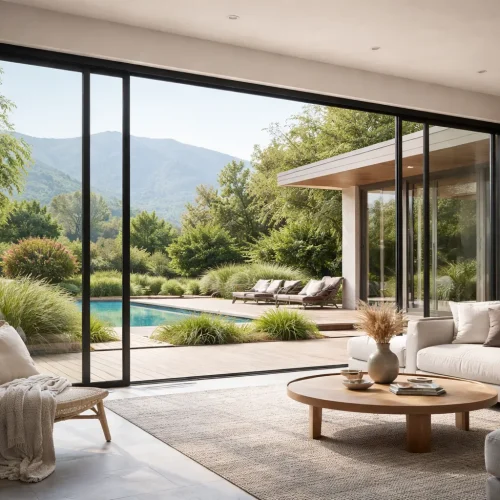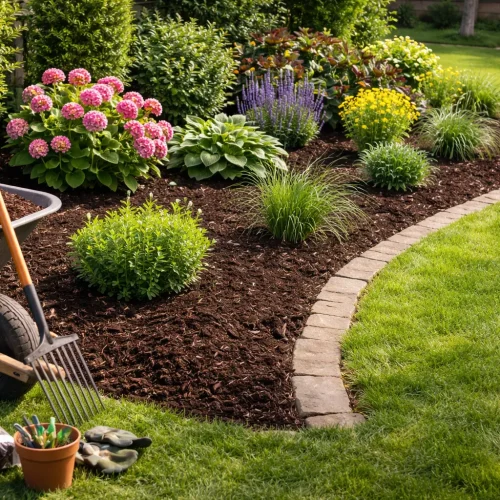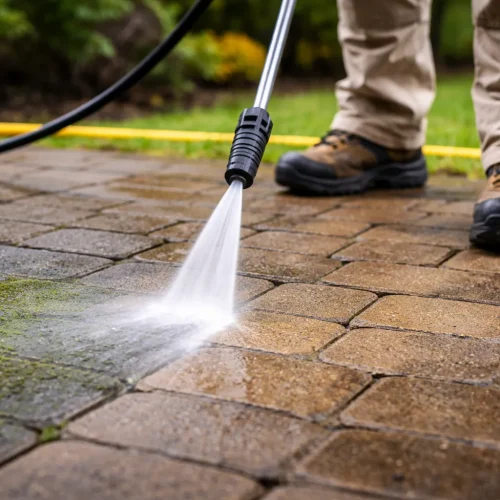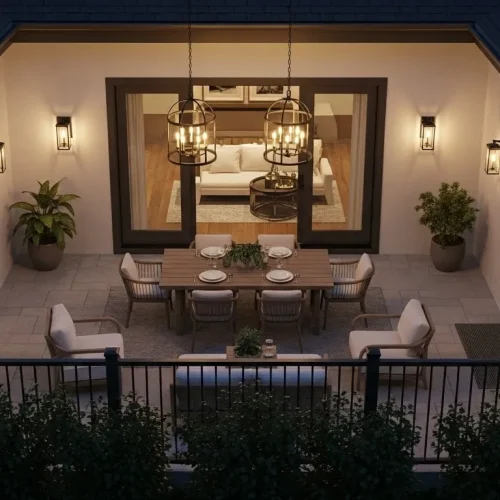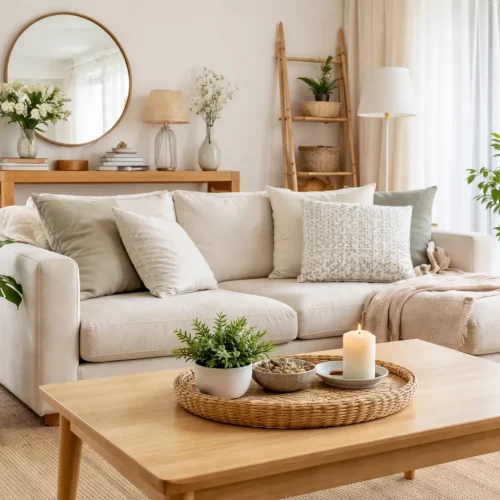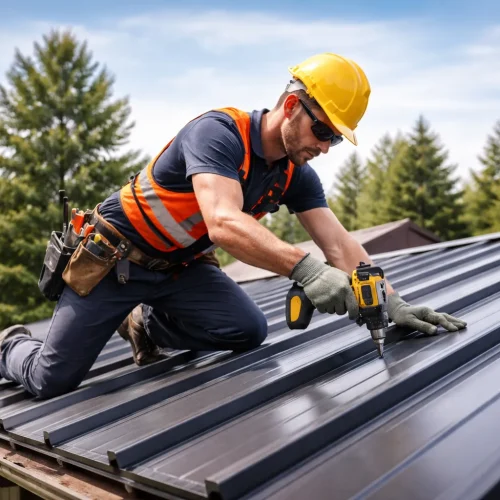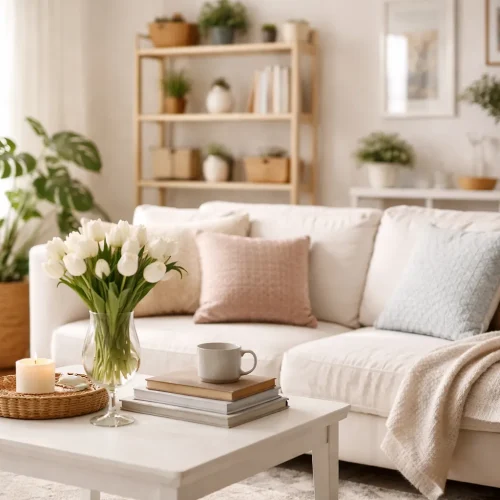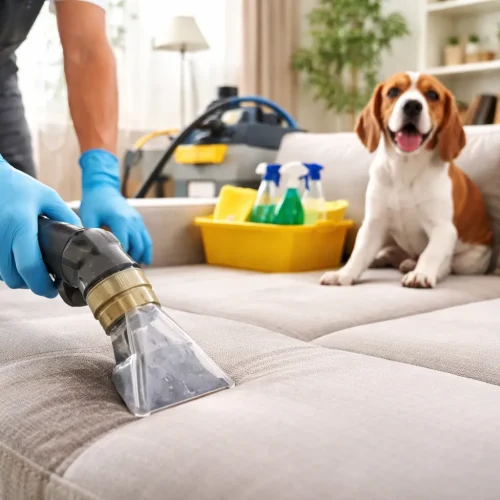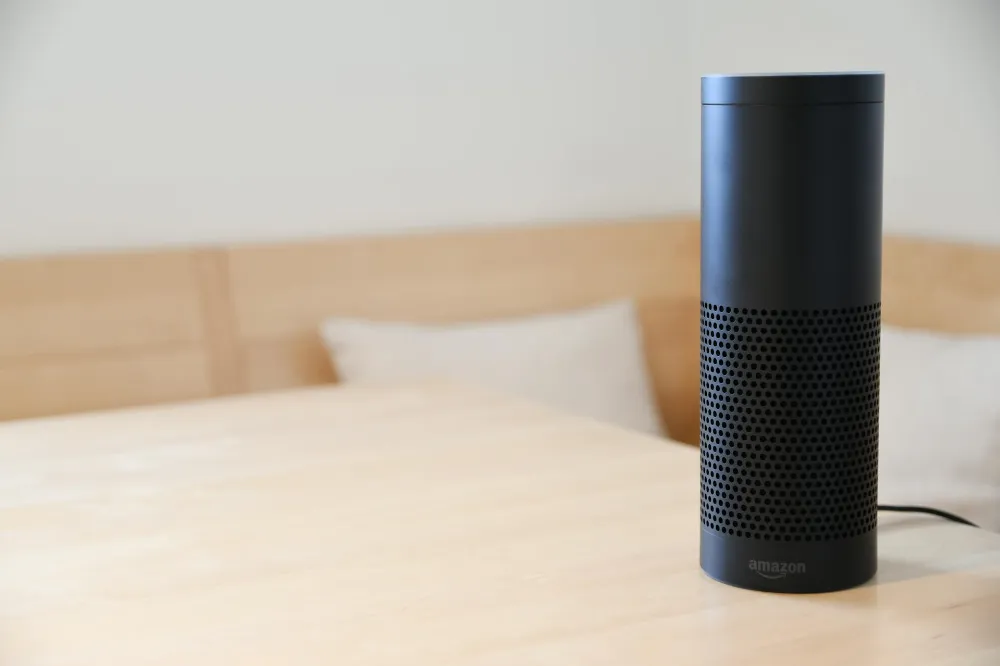
In today’s homes, technology and design are no longer separate worlds—they work together to create comfort, beauty, and convenience. Many homeowners are finding creative ways to seamlessly integrate smart home features into their decor, from automated lighting to voice-controlled security systems. Whether you’re a DIY enthusiast or someone who simply wants a stylish yet functional space, understanding how to connect Alexa and Total Connect 2.0 can help you merge innovation with aesthetics. By integrating technology thoughtfully, you can design a space that feels both intelligent and inviting, without the clutter of visible devices or tangled cords.
Smart Design Begins with Discreet Integration
The first step to blending smart home technology into your decor is to plan. When considering the addition of devices such as sensors, cameras, or smart speakers, think about how they will integrate into your existing design. Mounting security panels or speakers in areas that naturally draw less attention—like built-in shelves or recessed spaces—can keep your home’s look clean and balanced. For example, a smart thermostat can be framed by wall art or integrated into a gallery wall to disguise its utilitarian appearance.
Cables and cords are another common concern when combining tech with decor. Wireless devices help minimize clutter, but if wiring is necessary, consider using decorative cord covers or running cables behind crown moldings and baseboards to maintain a clean appearance. The goal is to allow technology to serve its purpose without becoming the centerpiece of the room. Smart homes work best when the innovation feels invisible, allowing your personality and style to remain the actual focal point.
Choosing Devices That Complement Your Aesthetic
Not all smart devices are created with design in mind, but the market is rapidly evolving. Today’s technology manufacturers recognize that homeowners value both function and form. When choosing gadgets, look for ones that match your interior style—sleek matte finishes for modern homes, neutral tones for minimalist spaces, or wooden accents for rustic settings. A smart speaker or hub can double as a design element when thoughtfully placed within your home’s color palette or decor theme.
Building a Secure and Connected Home
Home security is another area where design and technology naturally intersect. Many people hesitate to install alarm panels or cameras because they worry about disrupting the flow of a room, but modern systems are far from intrusive. Devices are smaller, sleeker, and available in neutral finishes that blend seamlessly with most interiors. The key is strategic placement—think about vantage points rather than visibility. Positioning a security camera near a houseplant or decorative shelf allows it to monitor effectively without drawing attention.
Blending Functionality with Creativity
DIY decor enthusiasts have a unique advantage when it comes to integrating smart home technology—they already think creatively about space, color, and materials. Adding smart elements becomes another layer of design expression. For example, you can build a custom wooden frame to hide a wall-mounted control panel or create a decorative enclosure that disguises your Wi-Fi router. Similarly, placing motion sensors inside decorative vases or under furniture ensures they remain functional but invisible.
The beauty of DIY is that it allows for endless customization. Whether you want your devices to disappear into the background or stand out as artistic statements, the choice is yours. You can even incorporate innovative solutions like a home elevator from Cube Lifts, blending mobility and style seamlessly into your home. The key is to design with intention—consider how each element interacts with your home’s layout and overall feel. With careful planning, your smart home can appear cohesive rather than cluttered, striking a balance between technological sophistication and personal warmth.
The Future of Home Design
As smart technology becomes more accessible, the line between design and automation continues to blur. Homeowners no longer need to choose between style and convenience; they can have both. The next generation of devices will likely focus even more on aesthetics, offering customizable finishes and integration options that align with every type of decor. For now, the combination of thoughtful DIY design and modern technology offers endless opportunities to enhance your home’s comfort, safety, and personality.
In conclusion, incorporating smart home technology into your DIY decor projects is about striking a balance—creating harmony between form and function. With tools like Alexa and Total Connect 2.0, you can design a home that listens, learns, and responds to your lifestyle while maintaining your unique aesthetic vision. Whether you’re upgrading lighting, improving security, or simply making your space more convenient, the right integration approach ensures your home feels both modern and meaningful. Your creativity, combined with today’s technology, transforms your house into a smart sanctuary that reflects who you are—stylish, secure, and effortlessly connected.
Common Questions
Choose devices with finishes that match your style and install them discreetly—like hiding speakers in shelves or framing thermostats with wall art.
Use decorative cord covers, run cables behind furniture or molding, or switch to wireless devices for a cleaner look.
Yes—opt for devices with wood or neutral finishes and use natural materials to disguise modern tech elements.
Balance technology with warm textures, personalized decor, and natural lighting to prevent a cold or overly futuristic feel.
Smart lighting, thermostats, and voice-controlled assistants like Alexa are great beginner-friendly options.
Position cameras near decor items like plants or bookshelves for subtle coverage that doesn’t disrupt the room’s flow.
Yes, many platforms support integration so you can control lighting, temperature, and security through one voice assistant.
You can build decorative enclosures, use custom wooden boxes, or hide them inside bookshelves or behind framed art.
Yes—smart homes are appealing to buyers because they combine convenience, efficiency, and modern appeal.
Plan ahead for both function and form—ensure every device serves a purpose while maintaining your overall aesthetic harmony.



